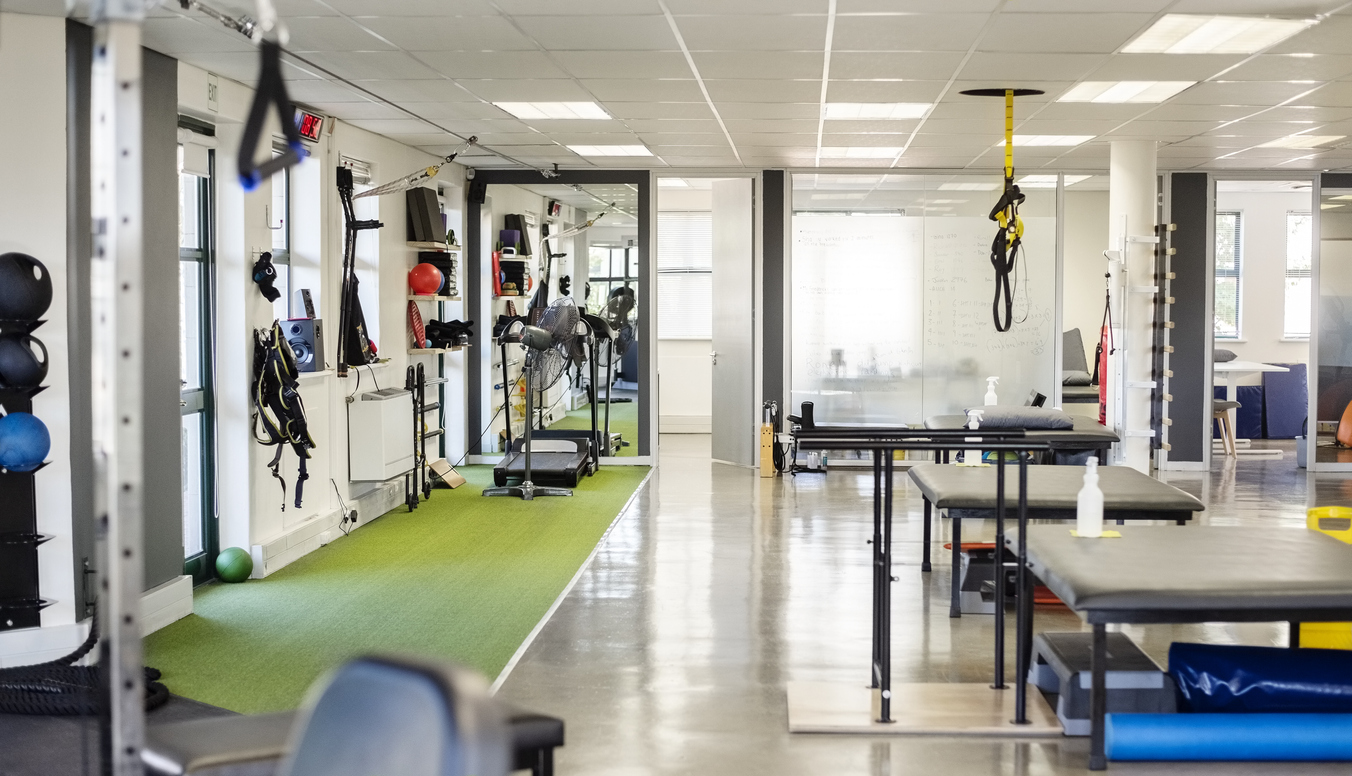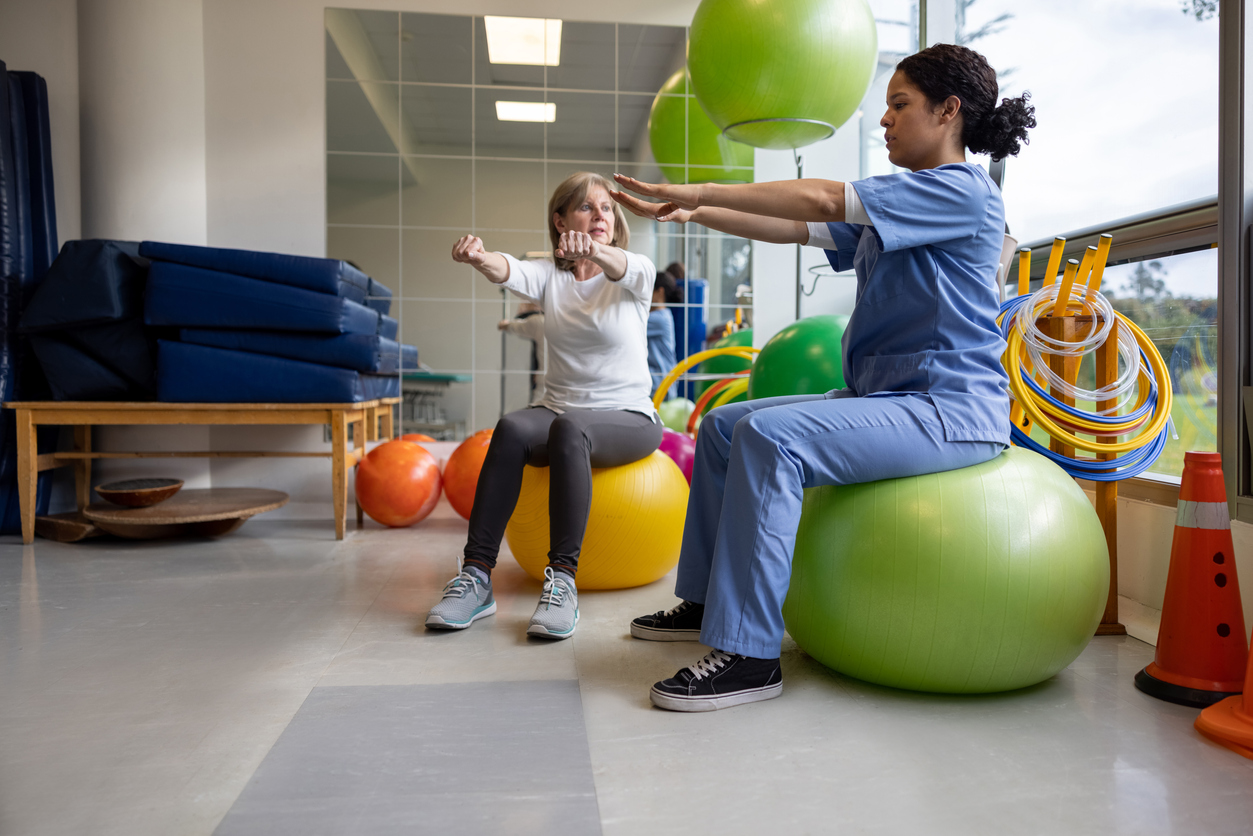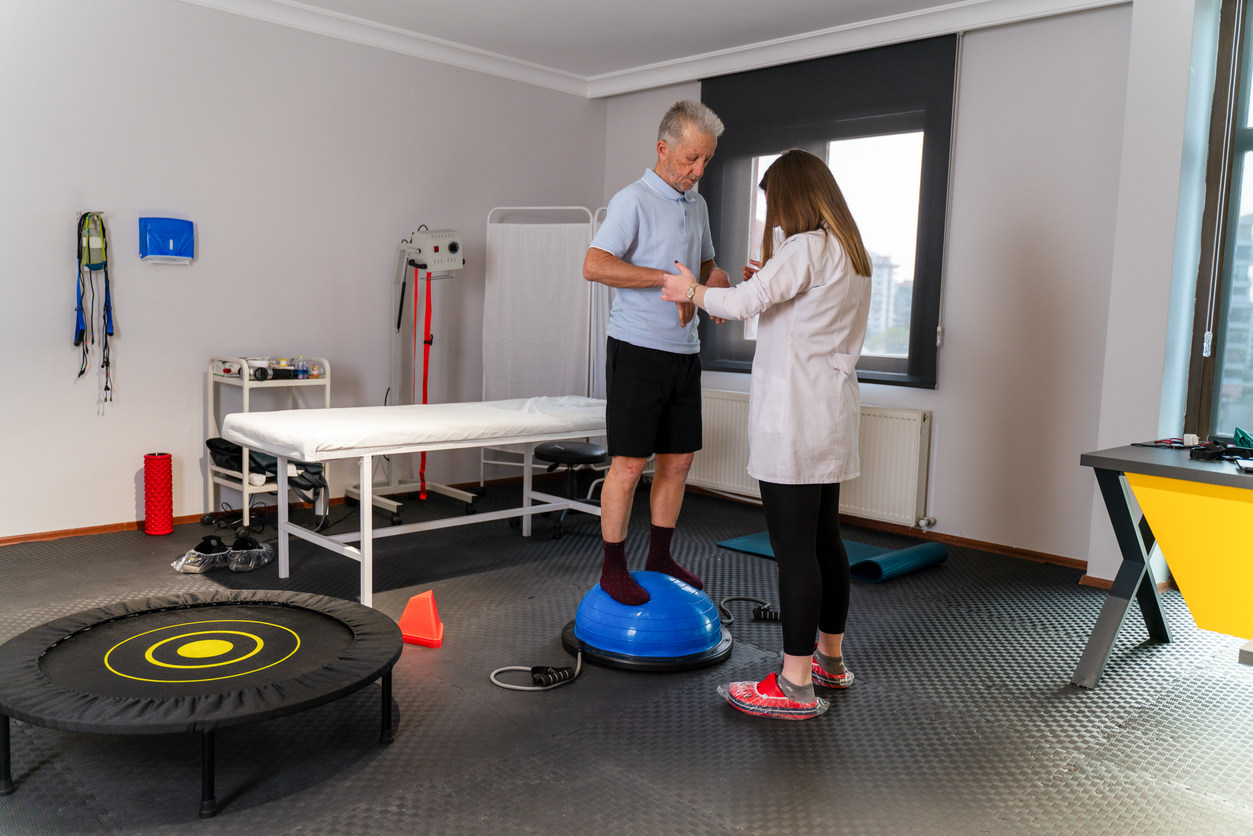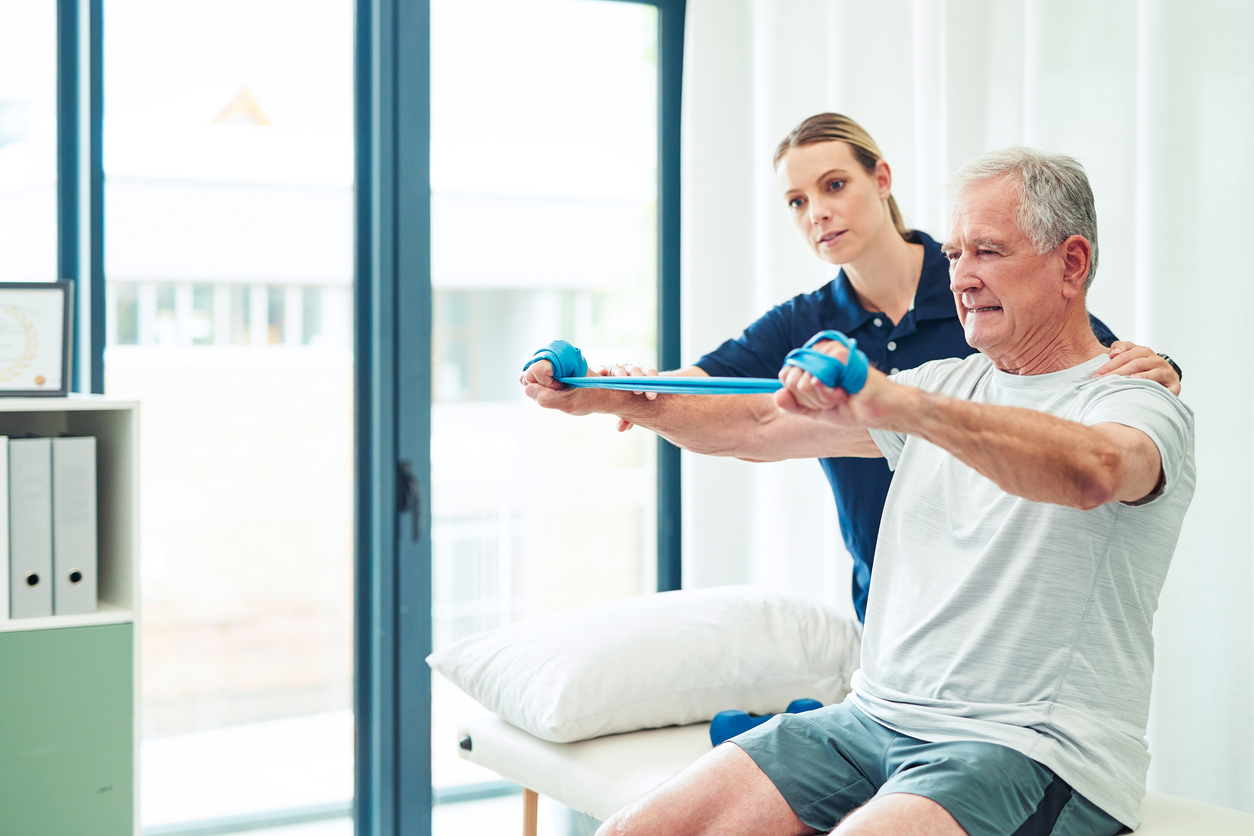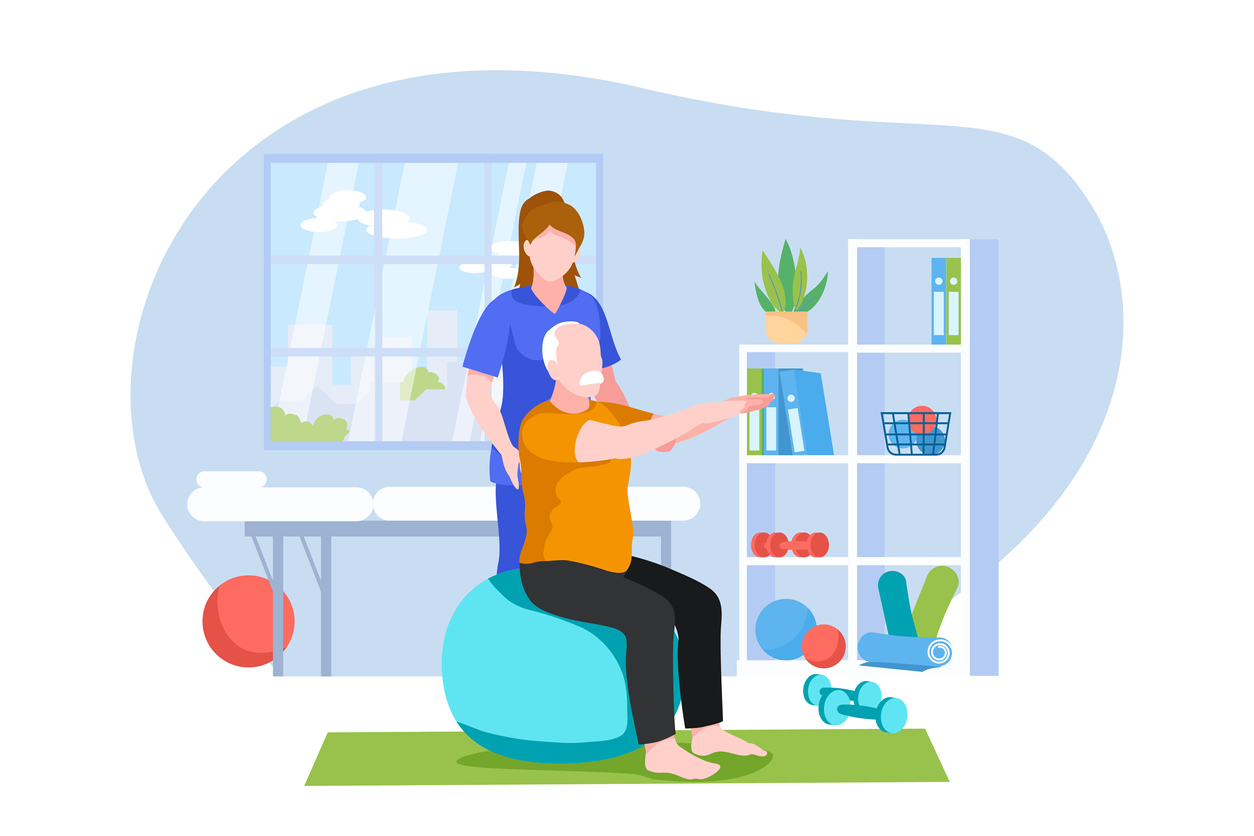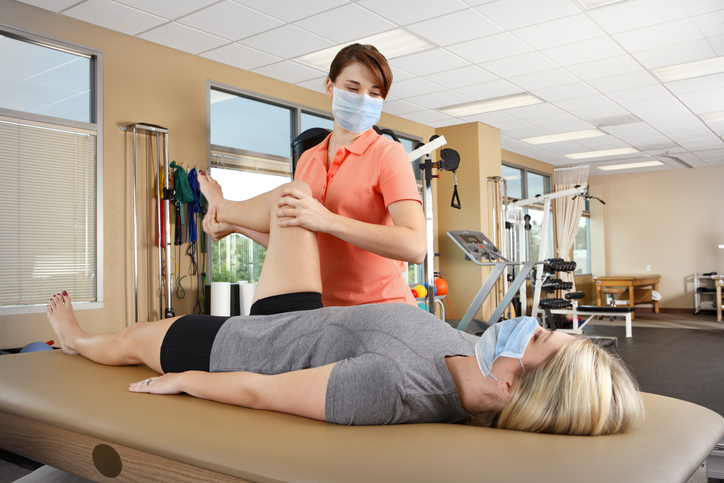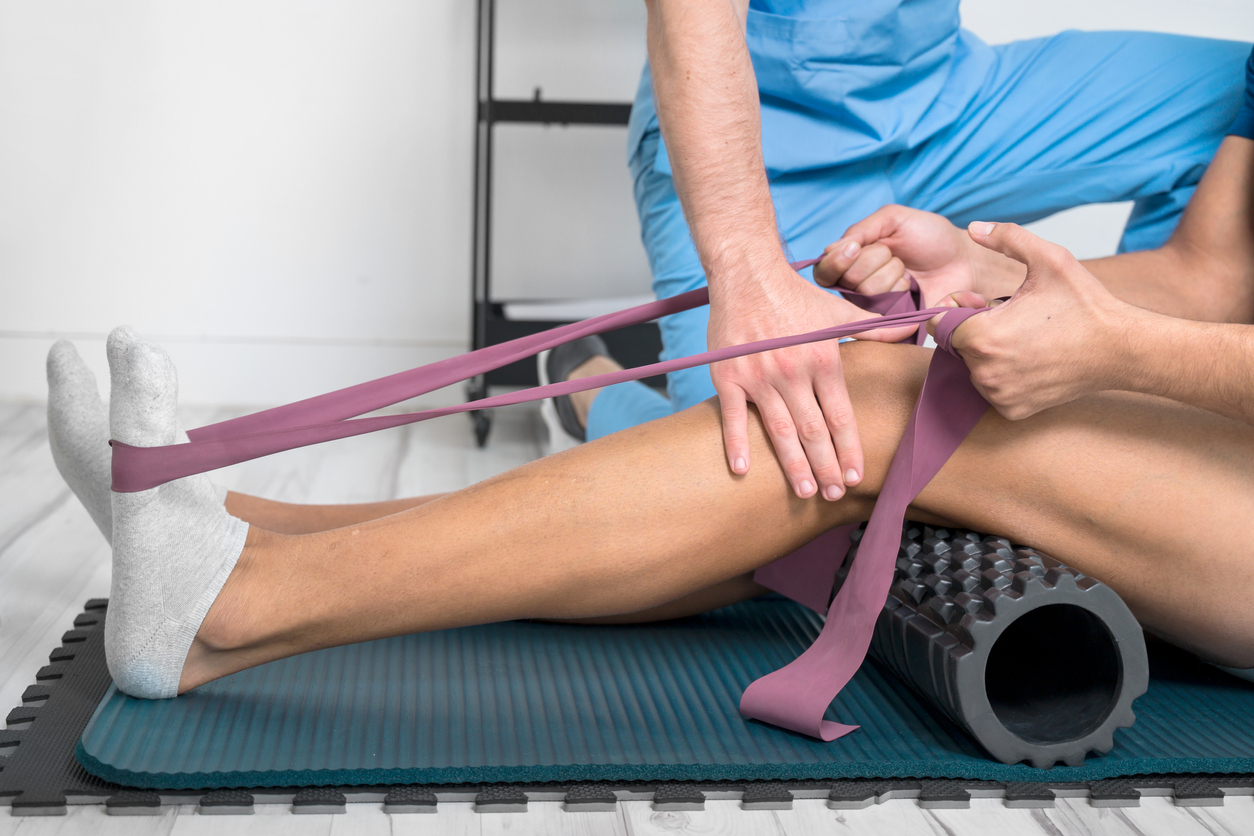Treatments
5 Tips for Pain Relief Physical Therapy
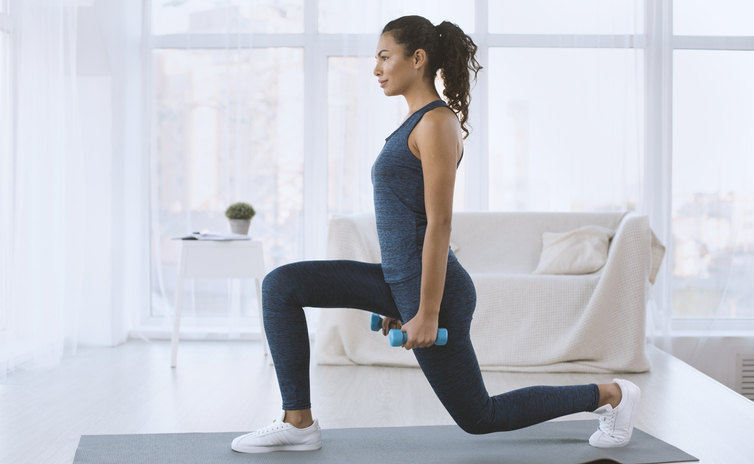
Engaging in physical therapy or exercise is essential to many treatment regimens for neck and back pain. Physical therapy and exercise are possibly the most conventional and widely employed non-surgical treatments for chronic pain. It is different from other traditional treatments such as injections or medication due to the fact that it can also aid in the prevention and reduction of recurrent episodes of back and neck pain.
Below are five tips on how you can achieve pain relief by integrating physical therapy or other exercises into your schedule.
Tip 1
Recruit teammates to help you on your therapeutic journey. Although many of your family members and friends may urge you to rest if you are in pain, you should try to explain to them that physical activity is highly beneficial for coping with your condition. By informing people close to you of your goals, they will want to support and help you, and perhaps will even accompany you while you exercise.
Tip 2
Pace yourself. For physical rehabilitation in the treatment of chronic pain, slow and steady wins the race. When you return to physical activity after surgery or a pain episode, you need to be cautious and pace yourself. By starting off slowly, you will avoid relapsing with severe pain.
Tip 3
Anticipate some discomfort at the beginning. If you suffer from chronic pain, or have recently experienced a painful episode, the outset of your exercise program will be accompanied by an upsurge of pain. Keep in mind that this should be “good pain,” as in the type that goes hand in hand with a great physical workout. This pain is to be anticipated as a natural component of any increase in activity, as you may be using joints and muscles that have not been used in a while. Nevertheless, this “good pain” can also be an indication that you are getting better. If the pain is too intense, you should reconsider your exercise regimen and have a discussion with your doctor or physical therapy specialist.
Tip 4
Simple pre-workout additions such as using temperature therapy on aching muscles and joints, or engaging in massage therapy can significantly increase the physical therapy experience.
Tip 5
Actively exercise. All exercise routines for back pain, or really any pain, must include a mixture of low-impact aerobic exercise, strength training, and stretching to keep muscles loose. If land exercises such as walking and running are still painful, water therapy provides the benefit of pain relief and helps you increase your strength and endurance to prepare for more exercise.
